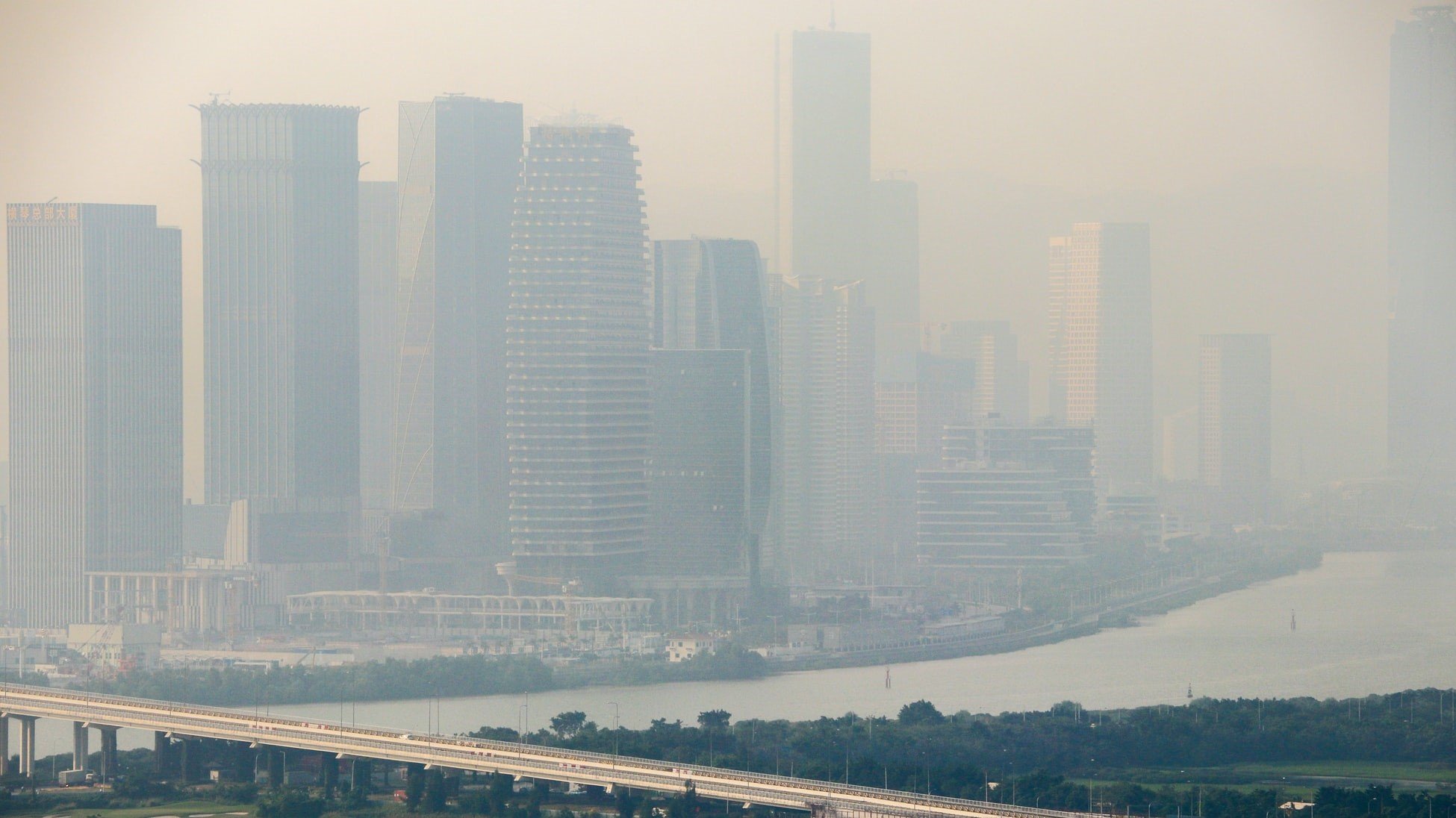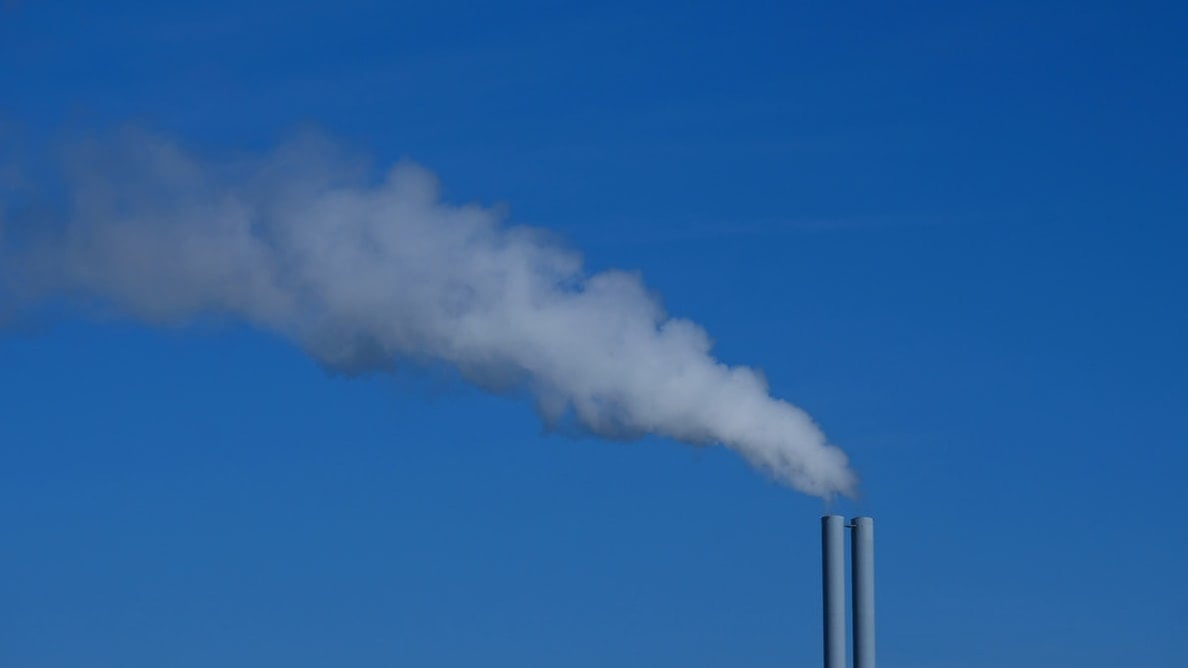Newsletter
We all know about air pollution. We’ve all seen the pictures of smog-filled skies and factories belching smoke. Across the world, air pollution is responsible for millions of premature deaths and countless illnesses, and it’s easy to see the statistics and feel disheartened.

However, it’s not all doom-and-gloom on the air quality front. We do have ways of dealing with air pollution, and public policy is one of them. But what goes into these policies and regulations, and what are some of their limitations?
What Role Does Public Policy Play in Reducing Air Pollution?
Because of the detriments of air pollution on human health, governmental bodies are naturally interested in mitigating the impacts of air pollution. Depending on the system of government in the country in question, the scope of air quality policy may differ.
What can public policy do? Well, to begin with, 'public policy' is an broad term encompassing both formal legislation and economic programs. For the purposes of this article, we are going to focus on legislation and regulations, and the role they play in mitigating air pollution.
First, governments can establish air quality standards and targets. These are important, as these benchmarks can be used for comparison to past and future air quality statistics and for reference against other countries. Targets establish goals and encourage tracking, which can help gather key data about the state of the world’s air. Setting caps on emissions also ensures that pollution levels do not become dangerous, assuming the cap is enforced, and governments can also require the adoption of certain technologies such as catalytic converters and smokestack scrubbers.
Government policies can also help establish national air quality monitoring networks (AQMNs), data from which can later be used in assessing air quality targets and performing research. We recently released an article discussing representative AQMNs and how AQMNs look around the world, which you can check out here.
Some of the most progress ending air pollution originated or was backed by key pieces of legislation. One famous example is the Clean Air Act in the USA.
The USA’s Clean Air Act
The USA’s Clean Air Act was established in 1970, building upon the weaker Clean Air Act of 1963, and reflected a national environmental awareness movement formed in the wake of smog events in many of the USA’s major cities. The act works in conjunction with the EPA (also established in 1970), setting emission limits and identifying ‘nonattainment’ areas, or areas that do not meet air quality requirements.
The Clean Air Act also gave legal tools to other governmental bodies, like the National Park Service, to deal with polluters in their respective jurisdictions, protecting the air quality in some of the country’s most crucial ecosystems. Revisions to the Clean Air Act in 1990 only strengthened the legislation, with acid rain prevention measures and innovative, incentive-based market solutions being marked additions.
The Clean Air Act, and the reductions in air pollution directly attributable to it, is a major success story in the realm of air pollution policymaking. In terms of cost-benefit analysis, the Clean Air Act has saved the USA’s economy over $2 trillion, mostly in health and productivity improvements and lower medical costs, and has only cost the economy around $65 billion. Outside of economic benefits, the Clean Air Act Amendments will prevent an estimated 230,000 premature deaths in 2020.
Limitations of Public Policy Solutions
Despite the potential of public policy solutions, we need to acknowledge the limitations of these methods.
Enforcement
As with any regulation, enforcement of air pollution policies is a challenge. There have been several instances of private companies trying to sneak around regulations. A prime example of regulation-dodging is Volkswagen, a manufacturer that deliberately installed software in its vehicles designed to cheat on emissions tests. Several car models produced over seven years emitted up to 40 times the legal limit of nitrogen oxides during normal operation.
The Volkswagen case demonstrates the issue of enforcement, as the company had been installing these “defeat devices'' in their vehicles for years prior to being caught. Because an economic incentive to pollute exists, there will always be attempts to evade regulations.
Economic costs
As we mentioned above, one of the main reasons air pollution is a global problem is because of the economic incentive to pollute. No one is creating air pollution for the fun of it; rather, it is a natural byproduct of many processes crucial to the economy and our lives, such as the generation of electricity and vehicle operations.

Pollution abatement can add operating costs, making it more expensive to produce the same amount of the economic good in question. Also, up-front investment costs in clean technologies, such as alternative fuel sources, may simply not be affordable to lower-income countries and communities. Public policy designed to reduce air pollution must also consider these economic factors, especially in low-income nations, as the cost burden could end being shouldered by consumers.
Attainability
Drafting public policy for air pollution seems like a simple mission initially: we should just not allow air pollution at all. After all, air pollution begs an ethical quandary: if any amount of pollution is dangerous to human life, particularly children, how can we morally consider allowing any?
While goal of ending air pollution can remain, such a goal is simply not attainable yet. Thus, public policy has to walk a tightrope between achievable and ethical, lenient and strict, which can be difficult to do. In fact, the Clean Air Act, which is widely regarded as a success, has had several revisions to tailor it to the current situation. As technology develops, regulations need to likewise adapt, or we will end up producing more air pollution than necessary.
Lack of Information
One of the reasons air pollution went unregulated for so long is because we didn’t know the true impacts of it. We are now much better equipped in that regard, but research remains ongoing, and some regions have far less data than others.
Without solid information on the air quality conditions of a region, drafting and executing effectual public policy is nigh impossible. After all, if we don’t know the baseline air quality of an area, any resulting improvement will be guesswork at best. Furthermore, without air quality data, we can’t enforce air quality policies, as we won’t have any solid data to use against perpetrators. Thus, air quality monitoring is a crucial part of policymaking, yet creating a representative sensor network is a challenge for many parts of the world.
Regional Disconnects
Most countries around the world have some form of regulation in place for air quality. However, air pollution doesn’t stop at the door, and air pollutants from one country can easily drift over to neighboring nations. Even with the tightest regulations and best enforcement practices, without multinational cooperation, local air quality conditions can still get out of hand.

This is why global cooperation and agreements like the Paris Climate Agreement and the Montreal Protocol are so significant. We can look at the specific terms of each and wonder at their efficacy, but these agreements are indispensable in that they acknowledge the global nature of air pollution and climate change and the necessity of international collaboration.
Ending air pollution is certainly a global effort, but there are steps you as an individual can take to protect yourself. Find out more about air pollution and what you can do to safeguard your home against air pollution below:






.png?width=200&height=148&name=Menu%20C%20(2).png)

.png?width=307&height=228&name=Menu%20-%20D%20(1).png)
.png)





